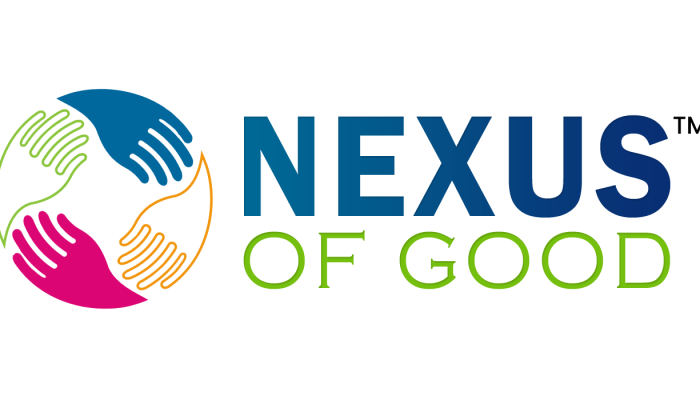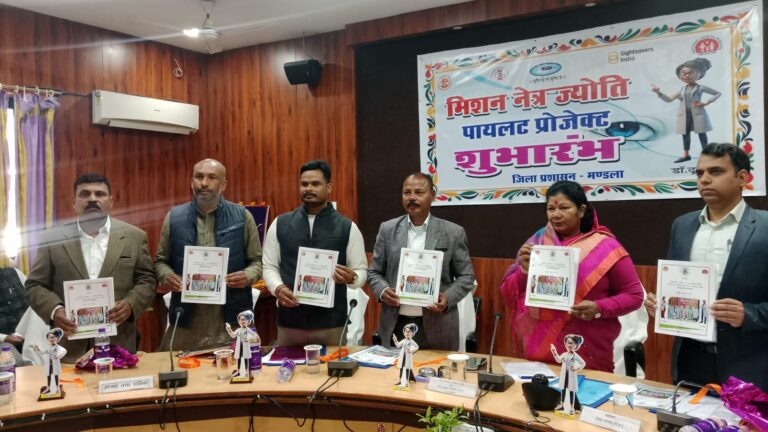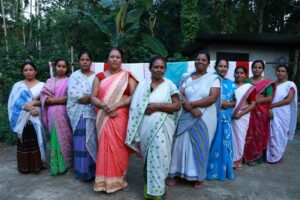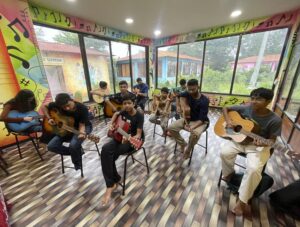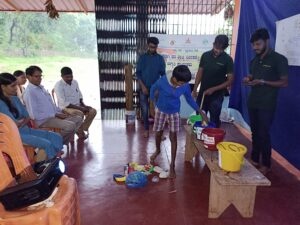“Reading the blackboard in my school classroom had become a real struggle to me, making it difficult to cope with my studies”, recalls twelve-year-old Sunita, a Class 7 student from a small village in Mohgaon Development Block in the Mandla district. “I thought my eyes were just weak, and there was nothing I could do. Then one day, a team came to our school, tested my vision, and gave me new spectacles. Now, I can see clearly, not just the words written on the blackboard, but my dreams ahead.”
Such stories are now echoing across Mandla, as ‘Mission Netra Jyoti’ brings the gift of sight to thousands in the district. The initiative, rooted in a national vision-screening programme of the Government of India and the National Health Mission, Madhya Pradesh, was shaped locally into a comprehensive, people-centric model under the guidance of District Collector Somesh Mishra, a 2013-batch IAS officer of the Madhya Pradesh cadre. The district administration ensured that while meeting medical targets, the campaign would also embed itself in schools, villages, and community health systems to reach those who needed it most.
Launched on 4 January 2025 by the Minister for State, for Public Health and Family Welfare, the mission set out to screen every child aged between six and eighteen years in the district’s 2,682 schools, as well as adults aged forty-five and above in 490 gram panchayats. In just three months, from January to March 2025, the impact was phenomenal. A total of 1,90,560 children underwent vision screening, and 11,977 of them were found to have vision defects. Among these, 3,800 received free corrective spectacles, while 17 required cataract surgeries, which were successfully carried out. On the adult front, 2,32,541 people were screened, 54,392 were diagnosed with vision problems, and 3,902 were referred for cataract operations, of which 800 have already been completed successfully at the District Hospital.
The programme’s effectiveness lay in its meticulous structure. School teachers were trained as Master Trainers to conduct initial screenings, supported by 240 community Ophthalmic Health Officers and 30 vision assistants from the Health Department. Adults were examined through regular eye-screening camps organised in village health centres, sub-centres, and even in weekly markets, ensuring accessibility for all. Partnerships with organisations such as ‘Sightsavers India’ and ‘Operation Eyesight’ further strengthened the mission’s reach and technical capacity. Also, public awareness was driven through street plays, announcements in the vernacular language, and community meetings, which made the mission a familiar and welcomed presence in both urban wards and remote hamlets.
Reflecting on the initiative, Mandla’s Collector, IAS Somesh Mishra, observed, “Vision is not merely confined to the eyesight; it is also about opportunity, dignity, and quality of life. In Mandla, we wanted to ensure that no child’s learning is hindered and no elder’s independence is lost because of treatable vision problems. This mission is a step towards a healthier, more inclusive district”, says IAS Mishra.
While credit is shared among dedicated health workers, school staff, and volunteers, the cohesive planning at the district level ensured that the mission’s promise translated into tangible results. The strong support of the Chief Minister of Madhya Pradesh in prioritising rural health outreach added further momentum to the effort.
Standing as a testimony of inclusive initiatives and good governance at the grassroots, Mission Netra Jyoti in Mandla also underscores its potential for replication in other districts with similar rural and tribal demographics. This framework requires modest additional resources but yields high-impact results, making it both scalable and sustainable. If adopted across more districts, particularly in underserved regions, it could significantly reduce preventable vision impairment nationwide, proving that what has worked in Mandla can serve as a template for wider implementation.
By blending administrative vision with community participation, it has restored sight to thousands and, in doing so, has opened new horizons for education, livelihood, and dignity. For many in Mandla, the world is now a little clearer, and the future a great deal brighter.
